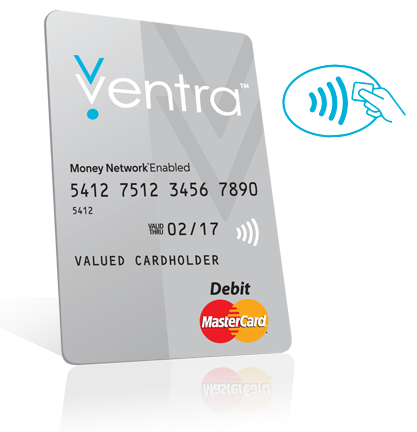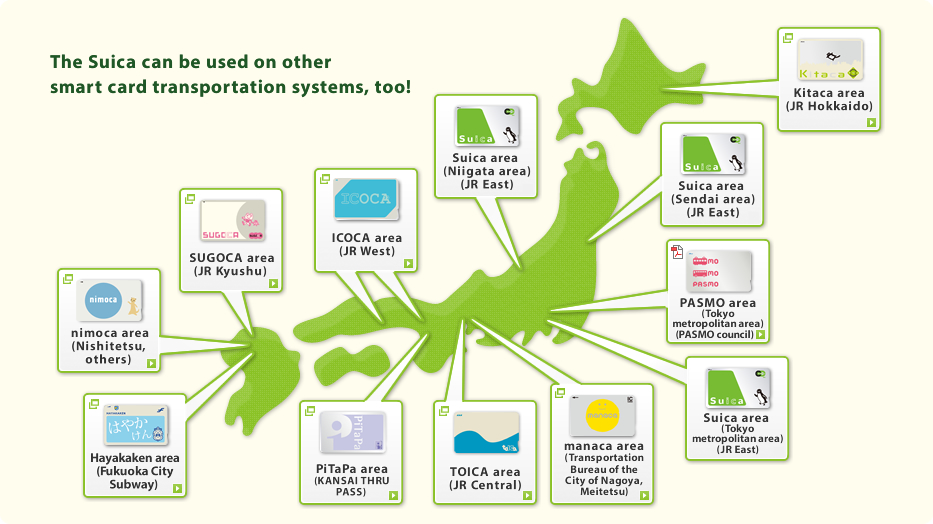Has Wake Up Washtenaw has been dozing for the last couple of years? No updates to the main Web site? No updates to Facebook? No new materials?
True, the on-line presence has been neglected! Events of 2016 have made it clear that Wake Up Washtenaw needs to wake itself up online again. Share more. Talk more. Be more graphic.
Our nation and our region are deeply divided. We need to listen to one another, respect one another's opinions, and try to understand one another. We need to work together to forge solutions for the very real problems our region and nation face.
Washtenaw County: improve service quality and routes of AAATA "TheRide"
Southeast Michigan: improve Washtenaw's transportation to Livingston, Wayne, and Oakland Counties - specifically with Wally (North-South commuter rail), A2D (commuter rail service Detroit to Ann Arbor and beyond), improved and innovative transportation service to peripheral areas of the RTA district, and improved public relations for the RTA.
Midwest: help promote Detroit-Holland rail service, Traverse City to Ann Arbor rail service, better bus connections to northern Michigan.
North America: seamless passenger rail service throughout the Milwaukee - Chicago - Detroit - Toronto - Ottawa - Montréal - Québec corridor, leading to true high speed rail service; learning and sharing about best practices in public transportation and passenger rail service around North America and the world.
I believe we have a lot to learn about the "ecosystem" surrounding the new technologies: economic costs and impacts, traffic congestion effects, how land use would change under various scenarios. What attempts have been made to study and simulate changes to individual life-styles and communities? What software tools are available to simulate these changes? What are the possible utopian, dystopian, and realistic outcomes of the technological advances on the horizon?
All these questions must be explored in order for us to decide where to put our energy and our resources to bring about the best, realistic outcomes. That's what Wake Up Washtenaw will be working on for the foreseeable future.
At he present time, I am the only person working "for" Wake Up Washtenaw, but I have been very fortunate to have employed some very talented people in the last few years. I'd like to thank these associates who have helped Wake Up Washtenaw in so many ways: Carolyn Lusch, Joel Batterman, Martha Váladez, Adriana Jordan, and Marina Takeuchi. All have moved on to other endeavors, but I believe we each remain committed to the practical implementation of sustainable communities, each in his or her own way.
I have been fortunate to be able to self-fund Wake Up Washtenaw. That has avoided having to solicit funds and account for them officially, which would also make it necessary to incorporate for tax purposes. I will continue to operate in that manner, as long as Wake Up Washtenaw remains primarily focused on education and exploration. In the future, other options may recommend themselves or become necessary. In the meantime, I am very thankful to be able to avoid those complications
True, the on-line presence has been neglected! Events of 2016 have made it clear that Wake Up Washtenaw needs to wake itself up online again. Share more. Talk more. Be more graphic.
What's been happening?
While things have been quiet online, a number of efforts have been going forward. They have involved working as a member of the Ann Arbor Transportation Area Board of Directors, the Ypsilanti Township Planning Commission, the Michigan Association of Railway Passengers Executive Committee, and the National Association of Railway Passengers Council. Several trips to Japan, learning about railway and transit operations there. Working behind the scenes and publicly to move the Regional Transit Authority of Southeast Michigan forward. Collaborating with Transport Action Canada to improve cross-boarder passenger rail connections. Listening to what people are saying about transportation, about our communities, about the past, and about the future.But now...
Donald Trump will lead our nation in a very different direction - without winning the popular vote. The Regional Transit Authority of Southeast Michigan lost its bid for funding by less than 1%.Our nation and our region are deeply divided. We need to listen to one another, respect one another's opinions, and try to understand one another. We need to work together to forge solutions for the very real problems our region and nation face.
But how?
Through this Web site (and perhaps others), through social media, and by listening and talking. By continuing to support private investment in sustainable transportation and land use.And where?
Wake Up Washtenaw - myself and friends - will be working to improve transportation and land use in Washtenaw County, Southeast Michigan, throughout the Midwest, and North America.Washtenaw County: improve service quality and routes of AAATA "TheRide"
Southeast Michigan: improve Washtenaw's transportation to Livingston, Wayne, and Oakland Counties - specifically with Wally (North-South commuter rail), A2D (commuter rail service Detroit to Ann Arbor and beyond), improved and innovative transportation service to peripheral areas of the RTA district, and improved public relations for the RTA.
Midwest: help promote Detroit-Holland rail service, Traverse City to Ann Arbor rail service, better bus connections to northern Michigan.
North America: seamless passenger rail service throughout the Milwaukee - Chicago - Detroit - Toronto - Ottawa - Montréal - Québec corridor, leading to true high speed rail service; learning and sharing about best practices in public transportation and passenger rail service around North America and the world.
Transportation Advances
Wake Up Washtenaw has been calling for better public transportation for nearly ten years now. During that time, some interesting new transportation modes have emerged: the rise of "ride-hailing" services (such as Uber and Lyft), bike-sharing, advances in autonomous vehicle technology. How will these change how people move around? Is the concept of public transportation in large vehicles becoming obsolete?I believe we have a lot to learn about the "ecosystem" surrounding the new technologies: economic costs and impacts, traffic congestion effects, how land use would change under various scenarios. What attempts have been made to study and simulate changes to individual life-styles and communities? What software tools are available to simulate these changes? What are the possible utopian, dystopian, and realistic outcomes of the technological advances on the horizon?
All these questions must be explored in order for us to decide where to put our energy and our resources to bring about the best, realistic outcomes. That's what Wake Up Washtenaw will be working on for the foreseeable future.
Organizational Note
"Wake Up Washtenaw" is a registered trademark in Michigan. It is not incorporated. A few years ago, I weighed the options and decided that incorporating as a non-profit would be more of a burden than a help. The balance may change in the future, but for now, incorporation is not "on the table".At he present time, I am the only person working "for" Wake Up Washtenaw, but I have been very fortunate to have employed some very talented people in the last few years. I'd like to thank these associates who have helped Wake Up Washtenaw in so many ways: Carolyn Lusch, Joel Batterman, Martha Váladez, Adriana Jordan, and Marina Takeuchi. All have moved on to other endeavors, but I believe we each remain committed to the practical implementation of sustainable communities, each in his or her own way.
I have been fortunate to be able to self-fund Wake Up Washtenaw. That has avoided having to solicit funds and account for them officially, which would also make it necessary to incorporate for tax purposes. I will continue to operate in that manner, as long as Wake Up Washtenaw remains primarily focused on education and exploration. In the future, other options may recommend themselves or become necessary. In the meantime, I am very thankful to be able to avoid those complications







